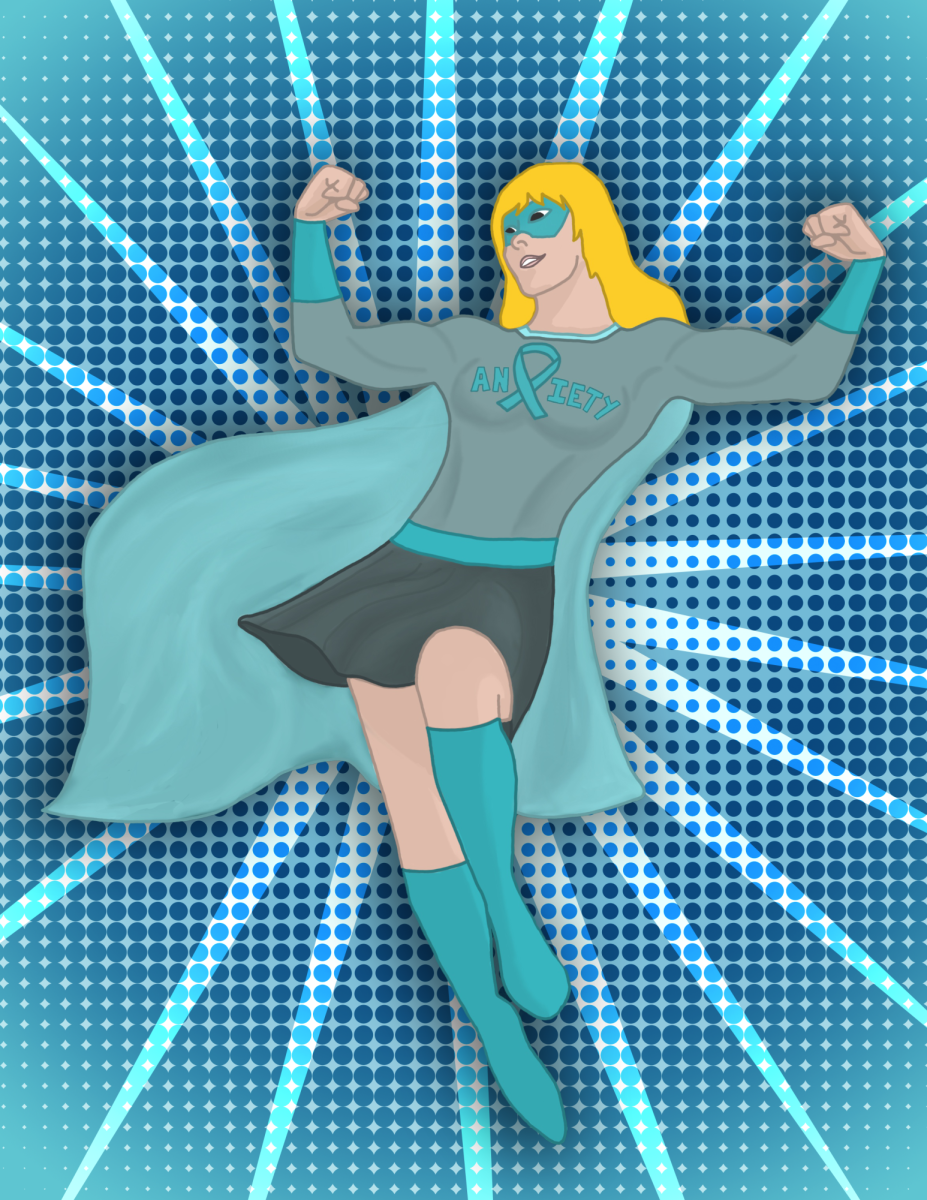Oh Pixar, you’ve really gone and done it now. You’ve been tugging at our heartstrings for over 20 years and have now unleashed on us a flat-out masterpiece of animation.
Many of you reading this have been captivated by their movies since the early days of “Toy Story” and “A Bug’s Life.” The groundbreaking animation and ideas they have brought out never left our heads. Now they have turned our heads into the frontier for their latest project.
“Inside Out” takes place inside the mind of an 11-year-old girl named Riley, with a “headquarters” occupied by five emotions that are the central characters of the film. Joy (Amy Poehler), Sadness (Phyllis Smith), Disgust (Mindy Kaling), Fear (Bill Hader) and Anger (Lewis Black). This hockey-loving girl’s world is turned upside down when her parents move from their Midwestern home in Minnesota to San Francisco.
Riley’s central conflict is not unique but rather something that can be unanimously related to by viewers of all ages. Pixar depicts the psychological trauma of a major life change in a way that is both meaningful and ingenious. This is their most artistic and bold movie to date, which is saying a lot if you have seen any of their other projects.
Many saw the potential Pixar has to inflict emotional devastation on its audiences in the opening scene of “Up.” While “Up” is a great film on its own, it never quite captures the magic of Carl and Ellie’s romance depicted in the first few minutes. “Inside Out,” in its own way, is able to evoke that magic from the opening scenes, carry it throughout the story and intensify it as it pulls the viewer deeper into the psychedelic landscape.
It should be noted that Disney animated a similar concept for a propaganda film in the 1940’s — an Academy Award nominated short film titled “Reason and Emotion” which depicted two characters living inside one’s head. Emotion was presented as being present since birth, but eventually taking a backseat to Reason as a person matured. (Check it out it’s on YouTube).
“Inside Out” takes a different angle by depicting the emotions developing their own reason through experience, learning how to balance each other in helping Riley adjust and develop as a young girl. Recognizing that each individual emotion must learn to coexist with each other is vital in the development of any person. Granted it is strangely reductive, this film can potentially be a tool to understand how our own internal battles directly affects the way we interact with our environment and those around us.
I’ve yet failed to mention that the film is uproariously and heartwarmingly funny. You will be keeling over with laughter at certain points and wiping away tears at another. While only five emotions appear on screen, as an audience member you’ll be dealing with an entire melee of them inside your own mind.
If you haven’t already, please stop reading this review and go see this movie. It’s a no-brainer.
Travis Mehaffey is an industrial engineering senior and life and arts reporter for The Battalion.
















